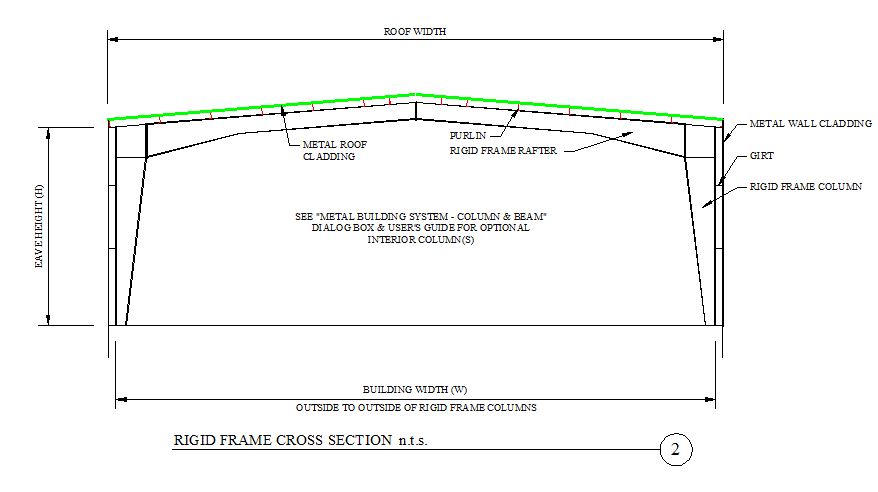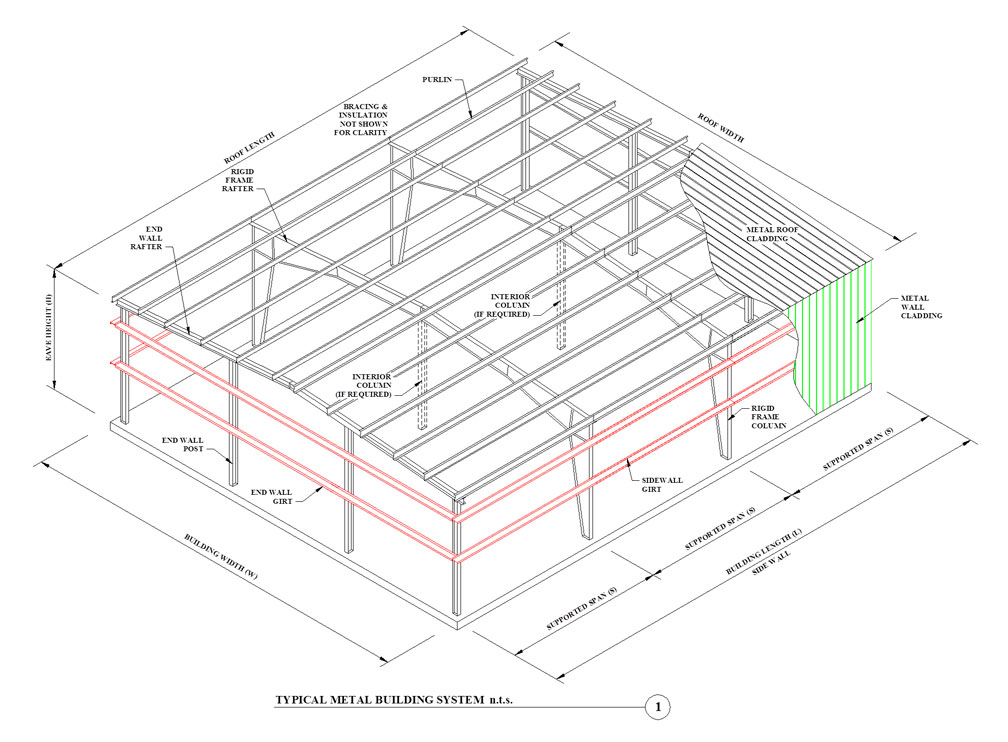
METAL BUILDING MANUFACTURERS ASSOCIATION (MBMA) MBMA RSDM (2012) Metal Roofing Systems Design Manual NATIONAL ROOFING CONTRACTORS ASSOCIATION (NRCA). Mbma 2012 pdf free download Financial mathematics pdf free download, Below is a listing of brochures produced by the MBMA and other organizations about metal Most of these brochures are available for free as a PDF download. MBMA is a trade association that promotes the metal building systems industry. The Metal Building Manufacturers Association ( MBMA) was founded in 1956 and promotes the design and construction of metal building systems in the low-rise, non-residential building marketplace. A non-profit trade organization, MBMA's headquarters is in Cleveland, Ohio. The Metal Building Manufacturers Association (MBMA) announces the release of the 2018 edition of the Metal Building Systems Manual. First published in 1959, this internationally recognized reference manual is a primary resource for the metal building industry—including building owners, manufacturers, general contractors, erectors, engineers. Chuck Haslebacher, Committee Chairman 1313 EDUCATIONAL AND TECHNICAL RESOURCES 2012 Metal Building Systems Manual MBMA released the 2012 Metal.



Mbma 2012 Manual Online

2012 Mbma Manual
The 2012 Metal Building Systems Manual provides a practical and comprehensive resource that will help engineers, building officials, and plan checkers meet the metal building requirements of the 2012 International Building Code® (IBC®).
The 2012 edition reflects changes in the 2012 International Building Code (IBC) and its referenced ASCE 7-10 standard. The manual also incorporates the results of research undertaken by MBMA, its member companies, and other industry groups. The 2012 Metal Building Systems Manual has a number of significant additions and updates, including, but not limited to the following:
• The 2010 Supplement to the 2006 Metal Building Systems Manual has been merged into the body of the 2012 Metal Building Systems Manual and its appendices.
• Considerable updates were provided in the Design Practice and Load Application chapter, which provides guidance on the applications of loads to metal buildings from the 2012 International Building Code (IBC) and ASCE 7-10 standard.
• The updated Climatological Data by County chapter provides tabulated wind, seismic, snow, and rain load data by United States County based on referenced wind, snow, and seismic loads provided by the 2012 IBC, ASCE 7-10 standard, and rainfall intensity loads provided by the National Oceanic and Atmospheric Administration (NOAA).
• The Fire Protection chapter includes additional fire rated wall assemblies recently tested at Underwriters Laboratories, Inc. (UL) that will provide 1- and 2-hour fire resistance ratings of metal building exterior walls, along with five new 1-hour head-of-wall and continuity joint assemblies.
The Common Industry Practices section of the manual is fundamental for everyone who works with metal buildings – it describes the typical terminology and transactions in the industry. “There is no other publication that contains the combined wisdom of the industry experts,” states Fred Koetting, chairman of the Metal Building Manufacturers Association. “Everyone in our design group will have this book in their arsenal. It’s essential.”
Included with the purchase of the printed edition of the 2012 Metal Building Systems Manual (724 pages) will be a complimentary CD-Rom that includes an electronic version of the manual, along with 58 metal roof AutoCAD details.
More information is available at www.mbma.com/bookstore.
Contact: Charles E. Praeger, Assistant General Manager
E-mail: cpraeger@mbma.com
Phone: 216.241.7333
______
About MBMA
MBMA has served metal building systems manufacturers and suppliers for 56 years. Its membership represents more than $1.9 billion in annual steel shipments and accounts for approximately 49% of the total non-residential low-rise construction market in the United States. MBMA provides engineering leadership through the many research programs that it sponsors annually, often in coordination with major universities and engineering schools throughout North America. This research is used to improve the performance, efficiency, and quality of metal building systems and to elevate the technology used to produce them.